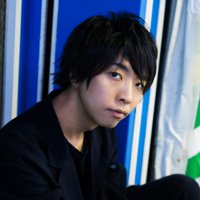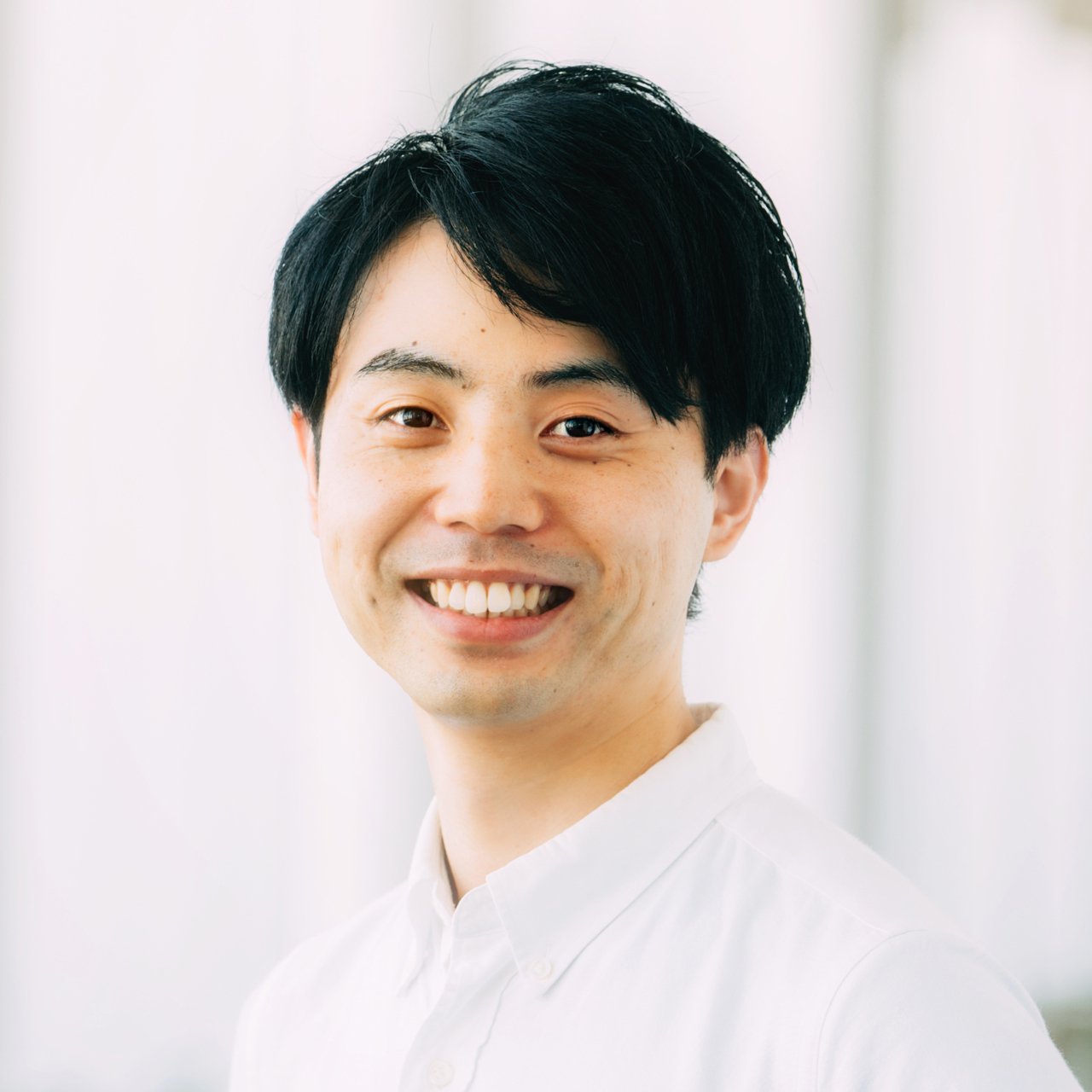Computer & electronics hardware
Tatsuya Honda
Gadget that allows anyone to "feel" sounds, successfully bringing it to mass production.

Japan
Yoichi Ochiai
A visionary for the advent of "Digital Nature". His creative work as a media artist is also highly regarded.

China
Tianxiang Nan
Miniaturized the current antenna size over two orders of magnitude, helping make smartphones thinner

Asia Pacific
Katherine A. Kim
Power Electronics to Maximize Solar Photovoltaic Power for Emerging Applications

Asia Pacific
Lukasz Orlowski
Built a cloud-based supercomputing system emulation engine for supercomputing software development, testing, and validation
